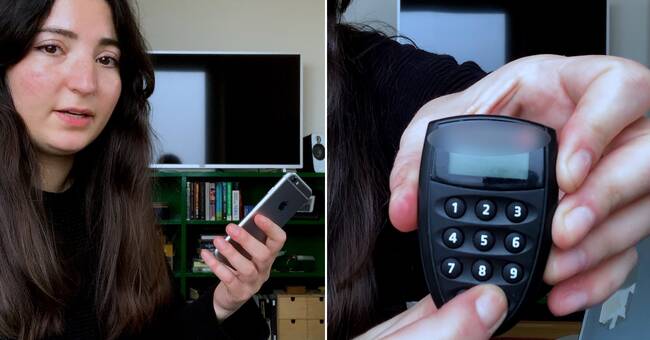Many companies and services use exclusively Bank IDs for e-authentication, which means that operational disruptions can affect several important parts of our everyday lives.
Among other things, an attack on the service can lead to problems with logins and credentials on government websites and healthcare services.
A number of payment services and internet banks are also wholly or partly dependent on a Bank ID.
"Works perfectly"
- It is unfortunate for society at large that we use one and the same service to such an extent.
Then it does not mean that Bank ID is in itself a bad service, on the contrary, it works really well.
But at the moment, many people basically only use Bank ID and then a problem arises when the service stops working, says Johan Turell and continues:
- You notice this not least now during the pandemic when you access a large part of our care services with a Bank ID.
"Up to organizations and authorities"
But the digitalisation of payment services and credentials does not necessarily make society more vulnerable, says Johan Turell.
At present, however, an attack on the e-identification service in question can have major consequences.
- It is not the case that there are no opportunities to authenticate with other services than Bank ID, but then it is up to organizations and authorities that use e-authentication to start using them, so that you can offer alternatives, he says.
Analyzes incident report
The Swedish Post and Telecom Agency is the authority that has supervisory responsibility for Bank ID.
- We have received an incident report from Bank-id, but we have not had time to analyze it yet.
Therefore, we can not currently say whether we will initiate any supervision in the case, says Johanna Eklund, coordinator at the unit for digital and trusted services at PTS.

